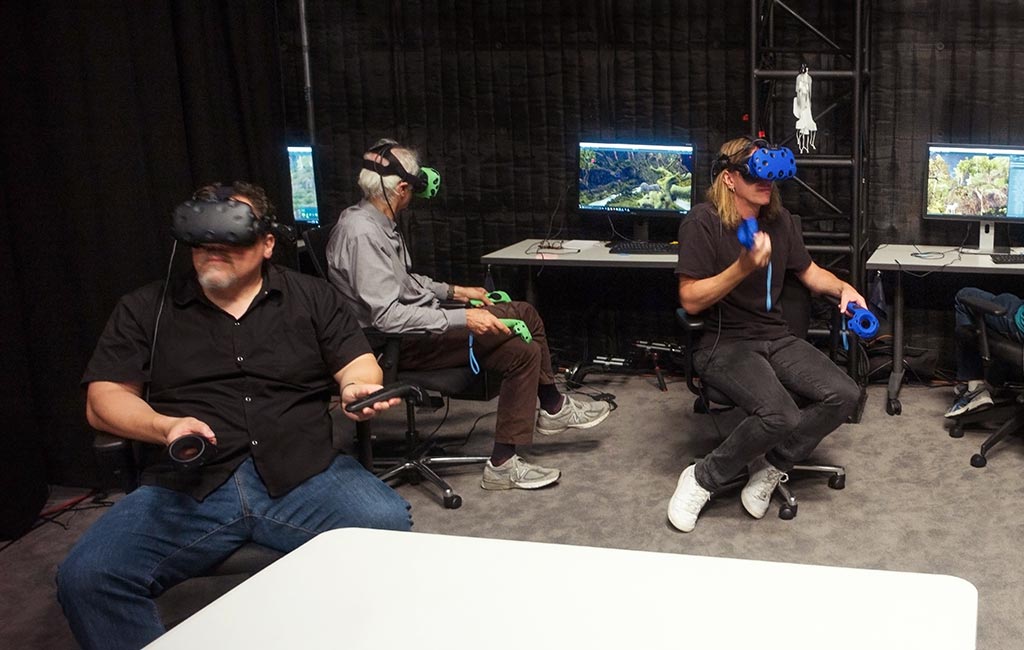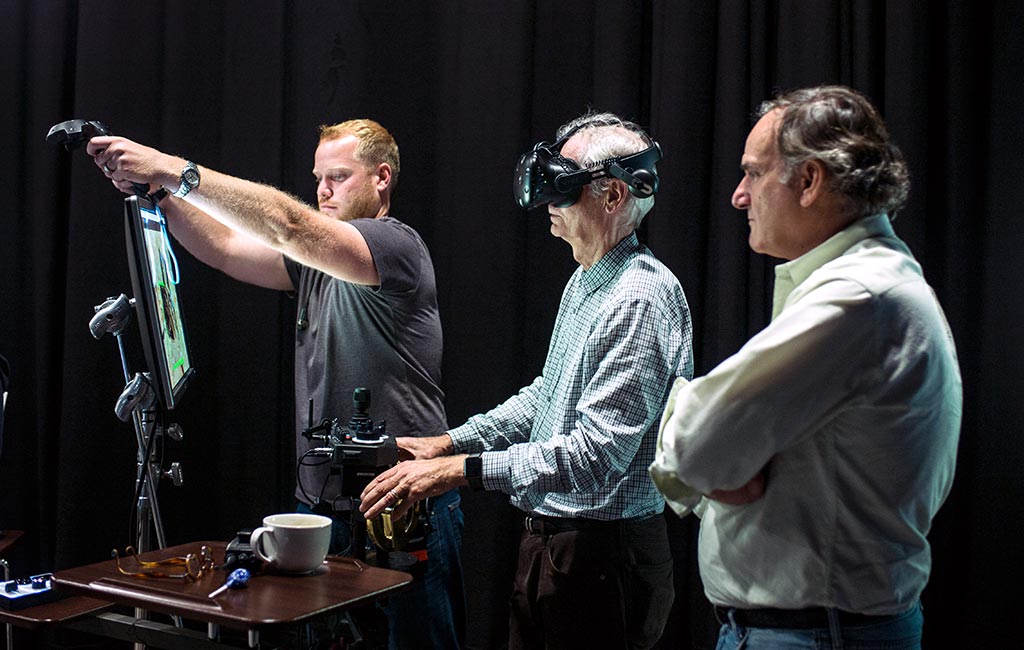Although The Lion King (2019) might have garnered a tepid reception from film critics, there’s no debating that Jon Favreau’s photorealistic remake of the 1994 original film roars in the visual department. It’s in part thanks to a production pipeline that uniquely relies on virtual reality to better incorporate traditional live-action story telling techniques to the computer generated world.
Technicolor released a behind the scenes video that delves into this process, which we learn was a natural expansion from Favreau’s work with VR on his other Disney classic retelling The Jungle Book (2016).
According to Technicolor, the pipeline that evolved on The Lion King essentially served as a something they dub a “translational system,” which acted as means of communication between several departments including planning, visualization, art, production design, and virtual production—and linked them to the visual effects and animation departments.

“Evolving the workflow was crucial,” says Francesco Giordana, realtime software architect at MPC. “How do you get people from different parts of the world working together seamlessly on a huge production where there isn’t a real stage? How do you capture every decision made and track everything that you’ve done? How do you define what composes your shots and carry that all the way through to post-production? The pipeline and tracking system are really the backbone of virtual production.”
Moreover, the VR implementation lets live-action directors step into a provisional version of the scene, replete with an environment, characters, and animations. This, we learn, gives them the ability to line up shots, rethink lighting, and make other changes as if the virtual set was entirely real.
In an interview with The Independent, director Jon Favreau likened the film’s production process to a “multiplayer filmmaking game.”

The Moving Picture Company (MPC) helped build the tools for virtual production, and used Unity to emulate live-action film production in VR. Although The Lion King was entirely computer generated—every environment is made digitally by MPC artists, with every character keyframe animated—it helped the studio create a suite of tools that Favreau says are now available to any filmmaker.






